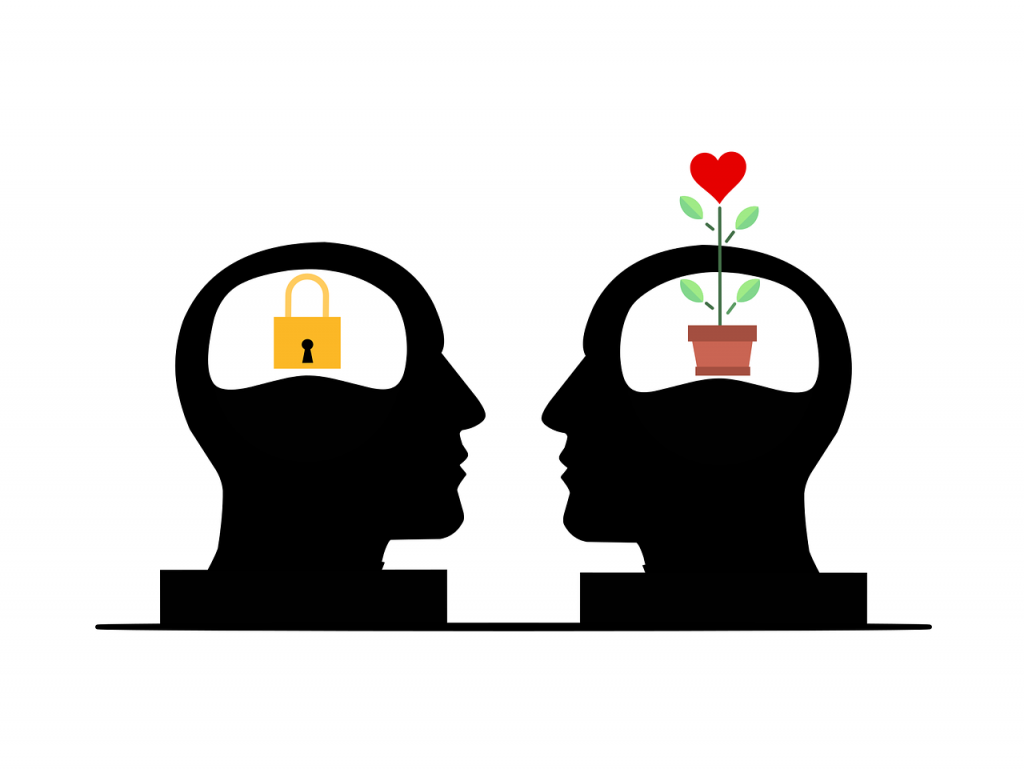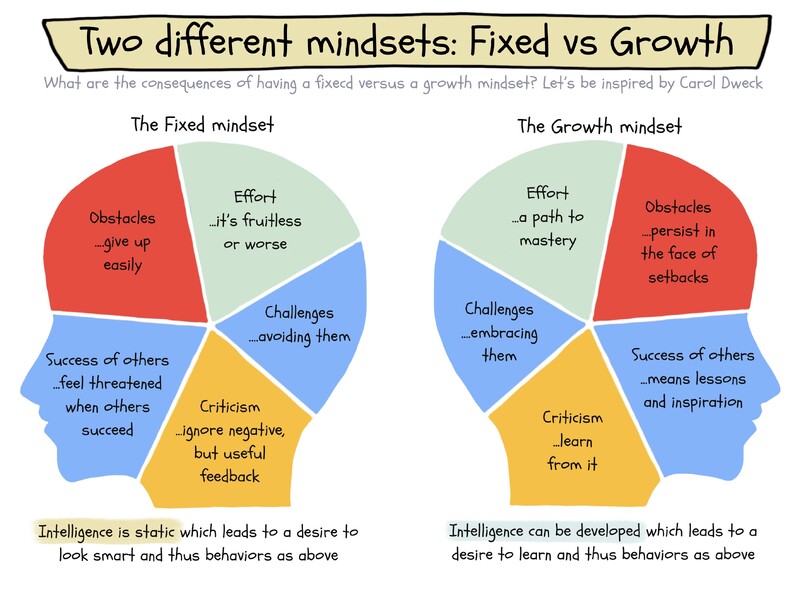
GUEST POST from Dennis Stauffer
Your mindset has a powerful influence on how you think and behave—including how innovative you are. You have the power to shift your mindset to become more innovative. However, to do that effectively you need to know what your mindset is now, and it’s mostly subconscious.
I’m going to show you how to measure your mindset, by surfacing some of those hidden assumptions. To do this, you’ll need some way to jot down four numbers and make a simple calculation.
You may have heard about the work of Stanford University Professor Carol Dweck and her distinction between a growth and a fixed mindset, which is what I’m having you measure. It’s what Dweck calls your Theory of Intelligence.
For each of four statements, I’d like you to write down a number between 1 and 6. One indicating that you strongly disagree with that statement, and six that you strongly agree, with increments in-between.
- Strongly Disagree
- Disagree
- Slightly Disagree
- Slightly Agree
- Agree
- Strongly Agree
Ready?
- __ The first statement is: Our intelligence is something about each of us that we can’t change very much. Give that number between 1 and 6, depending on how strongly you agree or disagree with that statement.
- __ The next statement is: We can learn new things but we can’t really change how intelligent we are. Give that a number from one to six.
- __ The next statement is: No matter how much intelligence a person has, they can always change it quite a bit. Give that a number 1-6
- __ And the final statement is: I can always change how intelligent I am. Give that a number.
To score your results, add your first and second answers together to give yourself an “A” value, and add your third and fourth answers together to give yourself a “B” value.
If your A value is the larger of the two, that indicates that you favor what Dweck calls a fixed mindset—that you believe intelligence is largely fixed and unchanging.
If your B value is larger, you favor a growth mindset—defining intelligence as something you can change and grow.
The larger the difference between those two numbers, the stronger your preference.
In her research, Dweck has found this simple distinction has all sorts of ripple effects especially on how students perform. Students with a fixed mindset, may be quite smart, but they’re afraid to challenge themselves and try new things because if that reveals any intellectual deficits, they don’t believe they can do anything about it. Students with a growth mindset believe they can get smarter by working at it, giving them a strong motivation to work hard, learn and overcome setbacks. They tend to become the high performers.
You may never have given much thought to your personal theory of intelligence, but you almost certainly have one and it’s one of many hidden assumptions that make up your mindset. Dweck has found that those hidden assumptions impact your beliefs, behavior, motivation, competitiveness and ethics. Other researchers have found that mindset even impacts how your body functions.
Your mindset also impacts how innovative you are, and that can be measured too. Instead of the growth vs. fixed distinction, measuring your innovativeness involves a range of other tradeoffs. Things that impact how imaginative you are, how willing you are to take risks, how you make observations and how open you are to new insights and ideas.
A growth mindset makes you more willing to accept and push through failure, being ready to learn and discover. An Innovator Mindset is about how you go about doing that. How you can systematically find solutions and make improvements—including improving yourself. Being able to adapt and learn and make discoveries has many benefits in all aspects of your personal and professional life.
If you’d like to measure your innovativeness, across twelve dimensions, and receive detailed personalized feedback on how to improve it, go to Innovator Mindset where you’ll find links to take the Innovator Mindset assessment, or enroll in Mindset Trek elearning—which includes the assessment—to get in depth mindset training.
Here is a video version of this post:
Image Credit: Pixabay
![]() Sign up here to get Human-Centered Change & Innovation Weekly delivered to your inbox every week.
Sign up here to get Human-Centered Change & Innovation Weekly delivered to your inbox every week.
